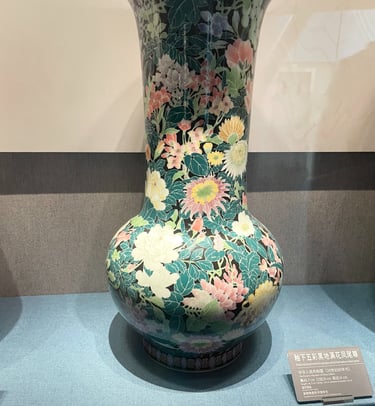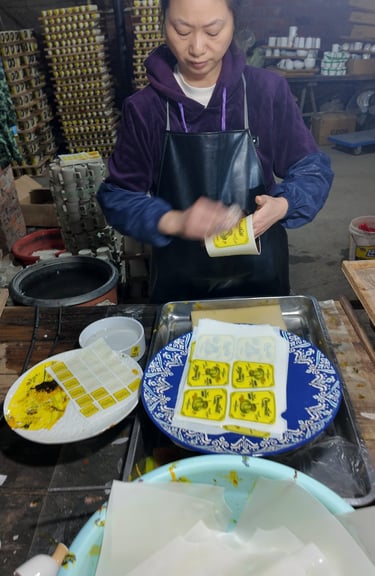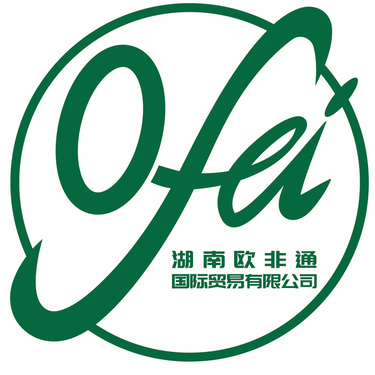Liling City The Hidden Heart of China’s Ceramic World | OFei Lens
Explore Liling City in Hunan Province, the true Ceramic Capital of China and home to the Africa China Trade Hub. Discover its thousand year porcelain heritage, underglaze five coloured craftsmanship, and how OFei visited its factories and museum to uncover the story behind China’s ceramic excellence.
Harriet Comley
11/8/20252 分钟阅读


OFei is based in Changsha, the capital of Hunan Province. Hunan may not often make global headlines, but it quietly powers much of China’s economy. The province is known for its fireworks, ceramics, and heavy machinery manufacturing, industries that reach far beyond China’s borders even if the region itself remains less familiar to the world. It is even the Africa China Trade Hub, connecting manufacturers and buyers across continents and is a hugely important and strategic location in fostering deeper connections and relationships between China and Africa. Often for people outside China, Shanghai, Beijing and Guangzhou are the cities most spoken about, but Hunan has its own rhythm, industries, creativity, and deep roots in craftsmanship. Hunan has a unique international dimension, linking traditional industries such as ceramics and machinery with new markets, trade relationships, and cultural exchange.
Among these strengths, ceramics stand out as one of Hunan’s oldest and most celebrated traditions. The small city of Liling (醴陵), about ninety minutes from Changsha, is often called the Ceramic Capital of China. For centuries, Liling has produced porcelain used not only across China but also exported around the world. Its work can be found in hotels, homes, and art galleries from Asia to Europe, though few people outside the country know its name.
Liling’s story stretches back more than a thousand years, but its modern identity took shape during the early twentieth century when it became known for its underglaze five coloured porcelain (釉下五彩瓷), a delicate and durable technique that remains a hallmark of the city’s craftsmanship. Today the tradition lives on in both art and industry. You can see it in the local museums, studios, and factories that continue to blend ancient skill with modern design.
In 2022, Liling’s ceramics industry achieved an output value of more than seventy billion yuan, reflecting how deeply its porcelain production supports both the local and national economy. The city’s exports reach markets around the world, including Africa, where ceramic products worth over one million US dollars were shipped in a single year. In one month alone, more than fifteen thousand pieces of tableware were exported to South Africa. The global porcelain market, which includes the kinds of household and industrial ceramics produced in Liling, is valued at nearly ten billion US dollars and continues to grow. These figures show that what began as a local craft tradition has become part of a powerful international supply chain.
When OFei visited Liling, our team explored a ceramic labelling factory where traditional craftsmanship meets new production technology. We also visited the Liling Ceramic Museum, which showcases the city’s evolution from small workshops to a major export centre. The experience revealed how much of the world’s ceramic products, from decorative plates to industrial parts, can trace their origins back to this unassuming city in central China.
Liling is more than a production hub. It is a symbol of how deeply China’s craft traditions are woven into its modern economy. For anyone interested in business, trade, or design, it is a reminder that China’s strength does not only lie in its large coastal cities, but in the smaller places where heritage, skill, and innovation quietly meet.
Through stories like Liling’s, OFei Lens aims to highlight the people and places that shape China’s connection to the world, encouraging readers to look beyond the familiar and discover the unseen heart of Chinese industry.






